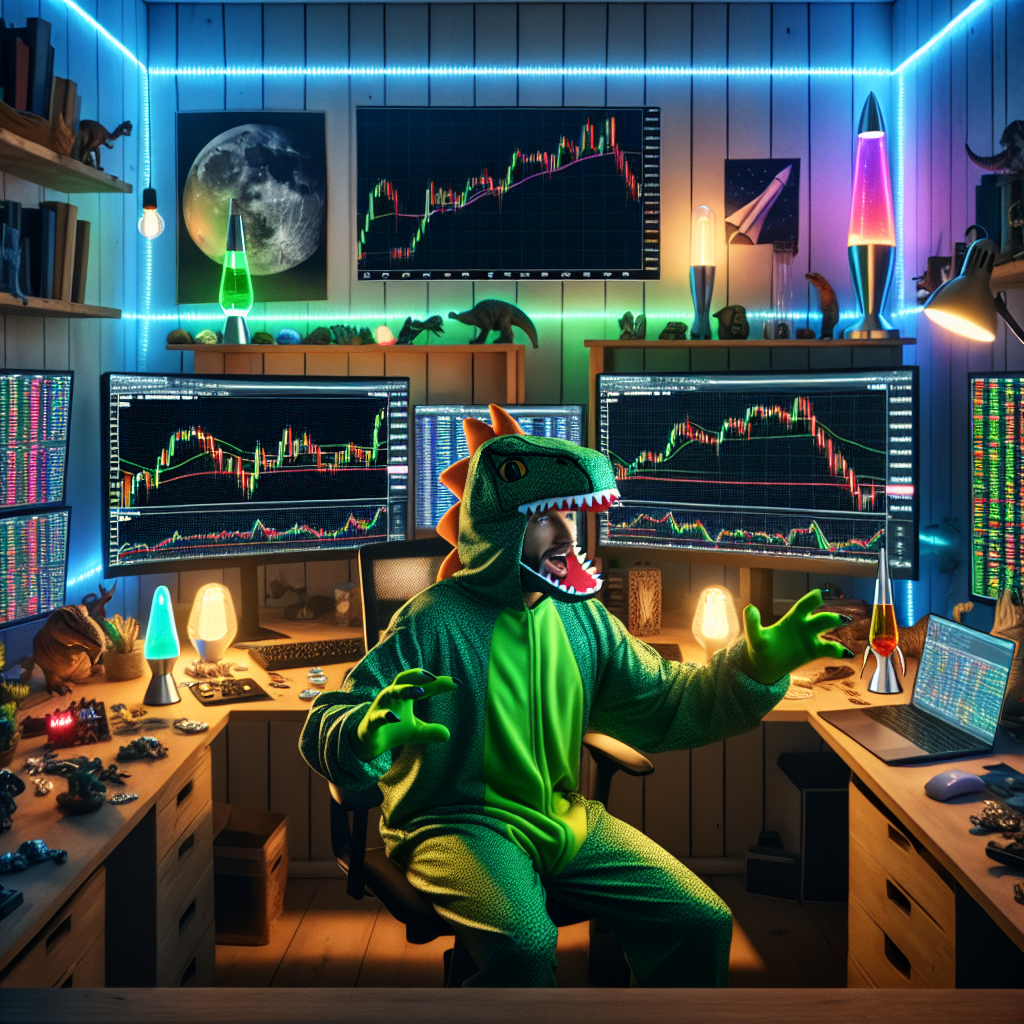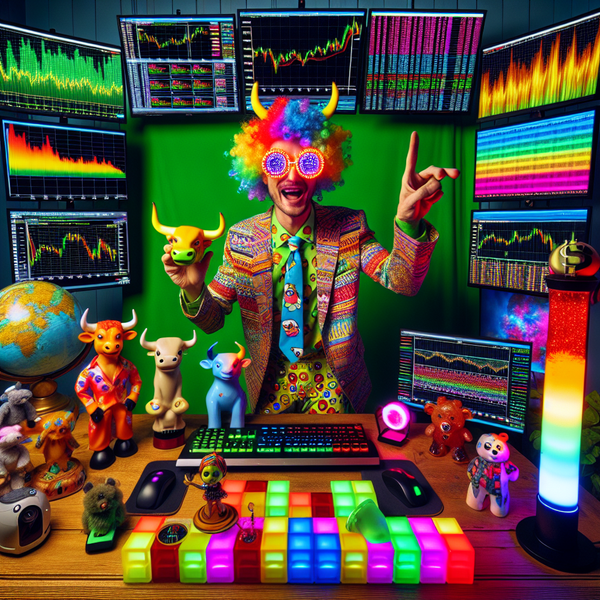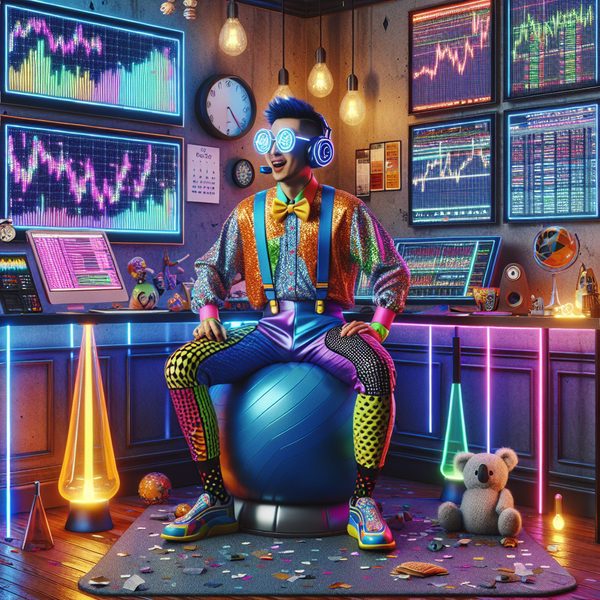Do You Need to Use a Futures Trading Simulator?

Have you ever wondered if using a futures trading simulator could completely change your approach to trading? New and experienced traders alike face a steep learning curve when it comes to mastering futures. Sometimes the stakes feel overwhelming, especially since mistakes in live markets cost real money. A trading simulator offers a risk-free environment to practice, test strategies, and build confidence without financial pressure.
Understanding What a Futures Trading Simulator Really Does
What Is a Futures Trading Simulator?
These simulators enable you to experience everything from order entry to strategy building within the safety of a duplicate environment. The interface closely resembles what you would see in popular futures trading software. Advanced tools might even show you slippage, realistic fills, and order execution delays, which are all crucial aspects of live trading.
How It Fits Into Your Learning Curve
Every successful trader knows the importance of mastering basics before risking capital. The use of a simulator fits perfectly into this journey as it bridges the gap between knowledge and live execution. For beginners, a trading simulation provides the first glimpse into real-time market dynamics. It acts as a personal classroom, where concepts such as order flow, leverage, and risk management become practical lessons instead of abstract ideas.
Why Every Trader Should Start With Simulation
Learning Without the Fear of Loss
Imagine trying a brand-new trading strategy, only to see it go wrong and cost you real money. A fake trading simulator removes this fear by letting you experiment in a zero-risk environment. Aspiring traders, especially those new to futures day trading, can take bold chances and learn from every outcome.
Fear of loss often clouds judgment and leads to poor decisions under pressure. Practicing in a trade simulator trains you to manage emotions before they ever impact capital. This practice fosters better psychological habits, as emphasized by resources found at Trading Psychology Edge, ensuring that by the time you enter real market scenarios, you have discipline and confidence.
Replicating Real Market Conditions
Today's top-day trading simulator platforms go beyond basic “buy” and “sell” functions. They offer sophisticated market simulations that mimic real-volume, order book changes, and even news-driven volatility. When you use a high-quality futures simulated trading tool, the price feeds and order executions behave like actual markets. Practicing under these conditions allows you to see how different strategies would perform during economic events or high-volatility periods.
Quality trading simulators integrate time-sensitive data so you rehearse responding to market openings, closings, and everything in between. By selecting realistic futures trading software, every decision you make reflects what would happen in live trading. Some education portals, such as the CME Group’s education center, highlight the necessity of using realistic simulation as a bridge to mastery. This helps you avoid unpleasant surprises, ensuring your strategies work not only in theory, but also under true market stress. Replicating real environments sharpens your skills, making the shift to funded or personal accounts much smoother.

Comparing Different Types of Simulators
Day Trading Simulator vs Long-Term Practice
Not all simulators tools are the same. The choice between a day trading simulator and long-term trading simulation depends on your goals. Day trading simulators focus on rapid decision-making and active trade management over short windows, like minutes or hours. This helps traders who want to learn how to handle fast price changes, manage quick entries and exits, and adapt to high-speed market shifts.
Fake Trading Simulator vs Professional Tools
A fake trading simulator usually means a free, basic program offering simple trade execution with historical or delayed price data. While good for basic familiarity, these tools can lack accuracy and depth. Professional trading simulators, especially those found on established futures trading platforms, offer realistic fills, full order book depth, and integration with popular trading platforms
What Makes the Best Trading Simulator
Features That Matter Most
Choosing the right futures trading simulator means finding one with features tailored to your learning needs. Look for simulators with stop-loss, target, and trailing stop functions that operate as they would on real platforms. This builds the habit of setting protective orders with every trade, even in simulated conditions. The best trading simulator tools also save your trading plans and journaling entries, so every session becomes a learning opportunity.
Realistic Execution and Risk Management
This realism teaches you about problems you might face when markets get busy. For example, rapid price movements or thin trading volume can cause limit orders to be missed or filled at worse prices. Practicing with these elements builds skills for handling tough market conditions. Effective simulation should feel as close to live trading as possible, so surprises are rare when you fund an account for real.
Taking the Step From Simulation to Live Trading
Setting Performance Benchmarks
Switching from a sim environment to real capital requires clear benchmarks. Set goals for consistency, risk-adjusted returns, and drawdown limits while you practice.
Transitioning Smoothly
Transitioning from simulation to live trading should be gradual, not sudden. Reduce surprise by starting with a small account or limited position sizes. Some experts at Investopedia’s market guide recommend starting live trading with a written trading plan taken directly from your most successful simulation strategies.

Final Thoughts on Future Trading Simulators
Traders who invest time in a high-quality futures trading simulator give themselves a strong advantage. Practicing with simulated capital reduces risk, nurtures better habits, and deepens market understanding.




